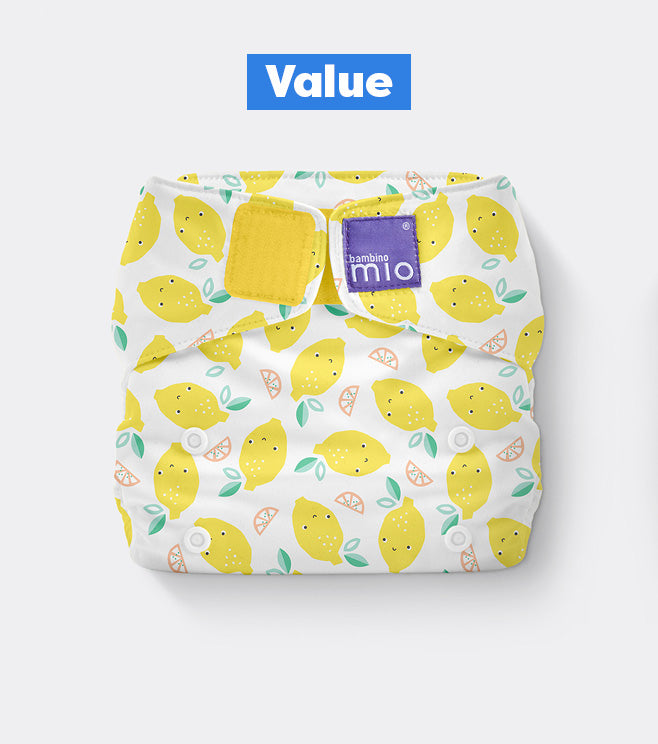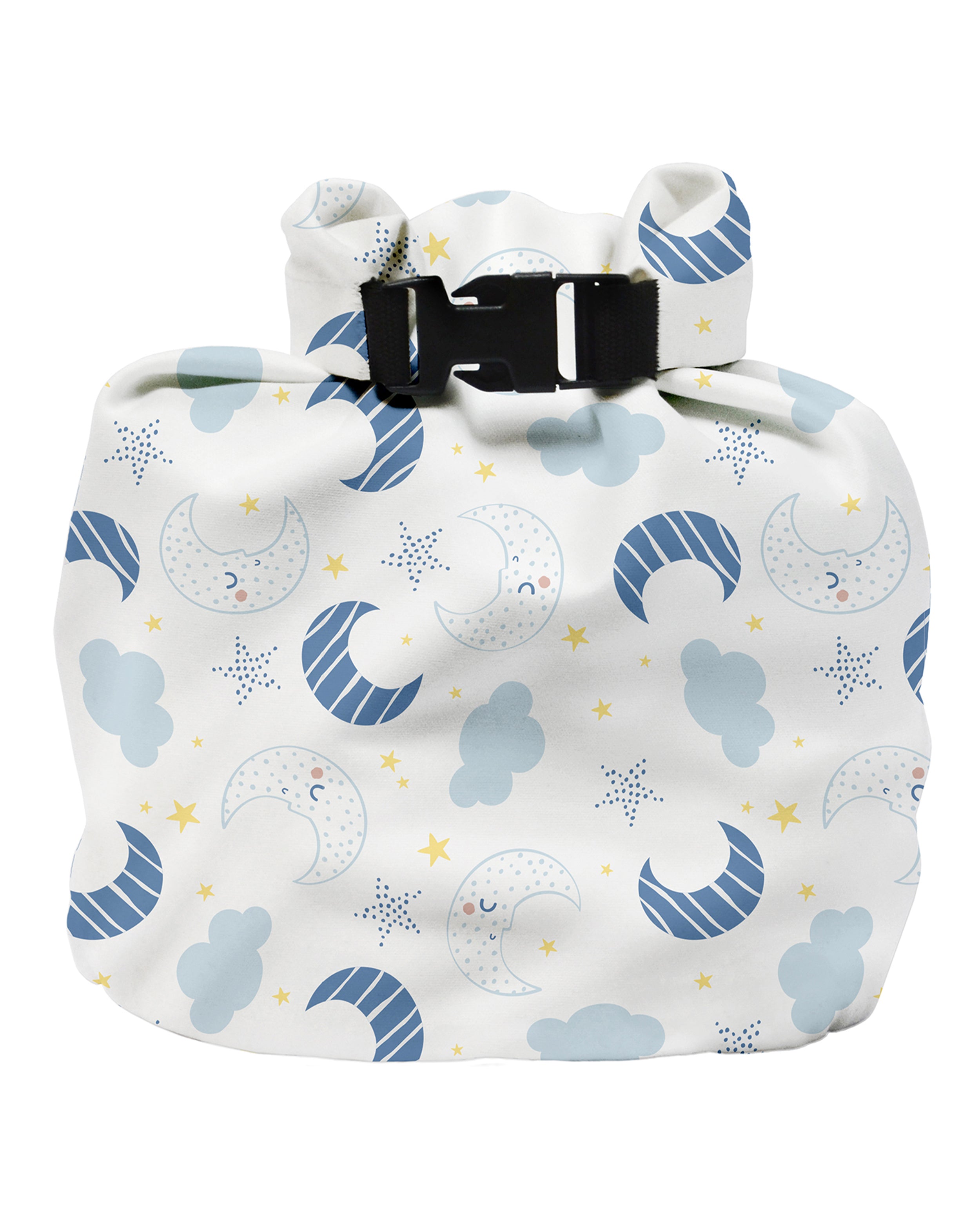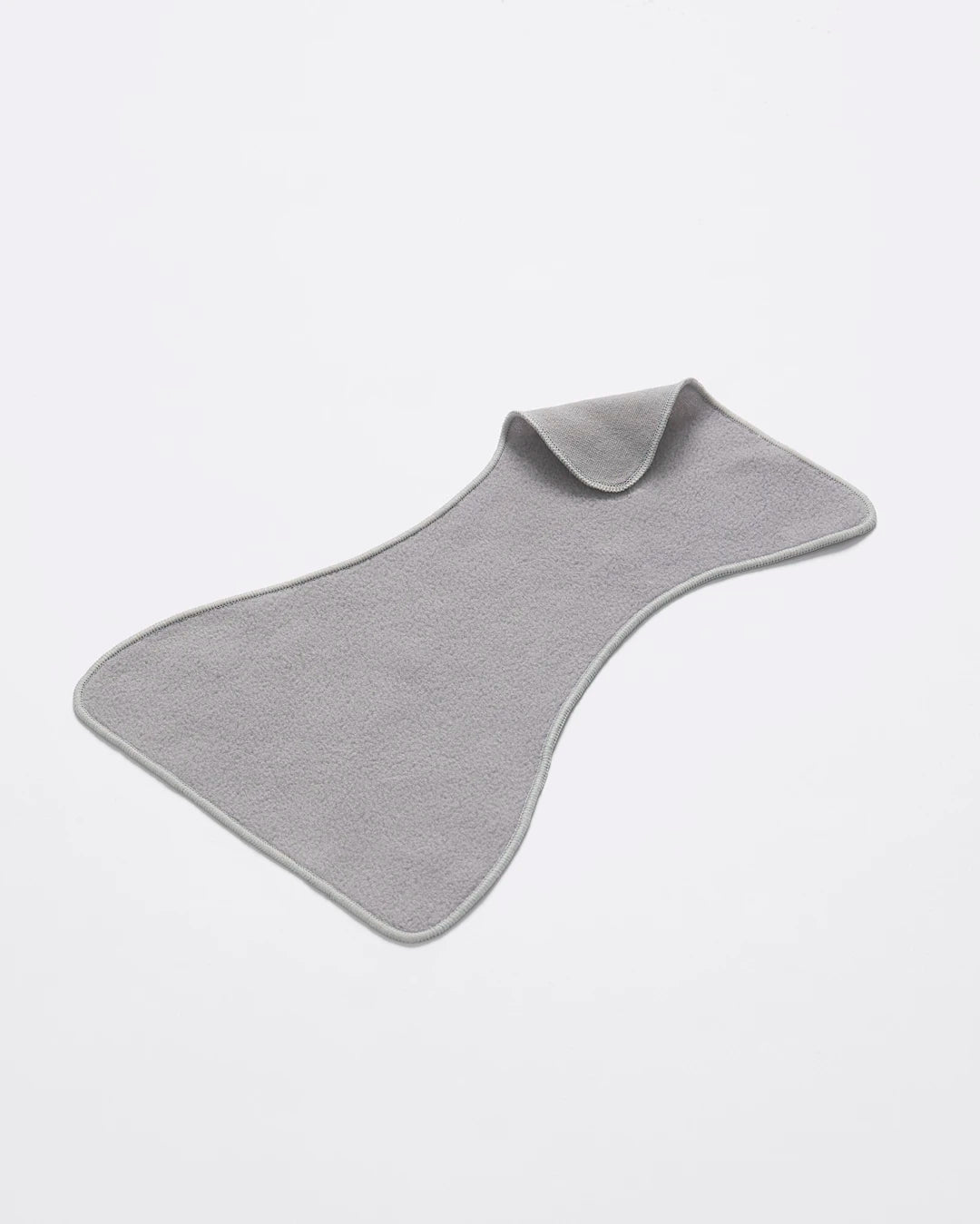Meconium | Glossary of Pregnancy & Baby Term
Share Options
- Bambino Mio
- 24 / 07 / 2023
Inside this Article:
What is meconium?
Meconium is your baby’s first poo. It looks more like tar than poo as it’s very black and sticky. Meconium builds up in your baby’s intestines as they swallow your amniotic fluid (1) and the residue stays in the intestines.
Meconium helps to develop and mature your baby’s digestive system and passing it is a good sign that your baby’s gut is working normally.
Your baby should pass their meconium a short while after birth but sometimes they poo before or during labour.
My baby pooed in my amniotic fluid; is this dangerous?
Swallowing meconium is harmless, but if your baby breathes it in it can cause meconium aspiration syndrome (2), which can lead to breathing problems.
My amniotic fluid was meconium stained; is this bad?
Not necessarily. It’s not uncommon for babies to pass their meconium before or during labour (3) and if your midwife sees this staining they’ll check your baby for meconium aspiration.
How many meconium poos will my baby pass?
Once your baby’s digestive system gets into gear and they’re drinking milk, their poo will start to lighten in colour as the “new” poo starts to push out the meconium.
What happens if my baby doesn't pass their meconium shortly after birth?
Most babies pass their first meconium shortly after they’re born but it could take up to 24 hours or more. If your baby hasn’t passed their first poo after 24 to 48 hours it might indicate a problem such as:
- Cystic fibrosis (4)
- An underdeveloped rectum
- A plug of meconium blocking the rectum
- Meconium ileus (5)
- Hirschsprung’s disease (6)
What is meconium made of?
Your baby’s meconium is made up of the water, cells, lanugo hair, mucus and other materials which your baby swallows with your amniotic fluid.
Citations and References
- Cleveland Clinic. ‘Body Systems and Organs. Meconium.’ 2022. Web. my.clevelandclinic.org/health/body/24102-meconium
- Cleveland Clinic. ‘Diseases and Conditions. Meconium Aspiration Syndrome.’ 2023. Web. my.clevelandclinic.org/health/diseases/24620-meconium-aspiration-syndrome
- Science Direct. ‘Meconium Stained Amniotic Fluid.’ 2016. Web. www.sciencedirect.com/science/article/abs/pii/S175172141630118X
- National Health Service (NHS). ‘Health A to Z. Cystic Fibrosis.’ 2021. www.nhs.uk/conditions/cystic-fibrosis
- National Health Service (NHS). ‘Meconium Ileus.’ 2017. Web. www.ouh.nhs.uk/patient-guide/leaflets/files/10715Pmeconiumileus.pdf
- National Health Service (NHS). ‘Health A to Z. Hirschsprungs Disease.’ 2023. Web. www.nhs.uk/conditions/hirschsprungs-disease




























